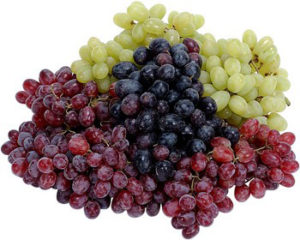Sometimes we love our pets to death. Literally!
The question arises: should humans be concerned with foods not to feed canines. It is not uncommon for humans to spoil their four-legged family member by sharing table scraps or maybe just sharing a small piece of a snack with them. After all, if it is safe for a human it must be safe for a canine. Right? Not necessarily.
What may be safe for a human, even good for the human may be unhealthy even deadly for the canine. Canine’s digestive system is quite different from a humans. Eating the wrong foods can lead to long-term health problems and even death.
Are ALL human foods off limit?
This does not mean that all human food is off limit for canines. However, because you love your pet, you must know what is good, okay or bad and even deadly for your canine. Therefore, we have included a short list to start you thinking on the matter.
Some of the NOs are:
- Grapes
- Tomatoes
- Avocados,
- Mushrooms
- Onions
- Cherries
- Asparagus.
First of all let us look at Grapes for a minute.  Grapes and raisins have proved to be very toxic for canines no matter the dog’s breed, sex, or age. In fact, grapes are so toxic that they can lead to acute sudden kidney failure.
Grapes and raisins have proved to be very toxic for canines no matter the dog’s breed, sex, or age. In fact, grapes are so toxic that they can lead to acute sudden kidney failure.
Next let us consider Onions. Onions, leeks and chives are part of a family of plants called Allium that is poisonous to most pets, especially cats. Eating onions can cause your dog’s red blood cells to rupture and can also cause vomiting, diarrhea, stomach pain and nausea. Poisoning onions is more serious in Japanese breeds of dogs such as Akitas and Shibu Inus, but all dogs are very susceptible to it.
Another, oh yes,
- Chocolate!

Most people have heard not to give chocolate, but do they no why?
Now that you are sure you are feeding your four-legged best friend the best, do you know how much is to much? Do you know what an overweight canine must deal with?
Reference:
http://www.petmd.com/dog/nutrition/evr_dg_identify_overweight_pet
Reference:
Find the answer why not to feed chocolate and what to do if your dog every stole some chocolate:
http://pets.webmd.com/dogs/guide/dogs-and-chocolate-get-the-facts
Reference:
http://www.caninejournal.com/foods-not-to-feed-dog/

 In other words, if canned pumpkin does not take care of the problem then it is time to take your puppy/dog to the Vet.
In other words, if canned pumpkin does not take care of the problem then it is time to take your puppy/dog to the Vet.